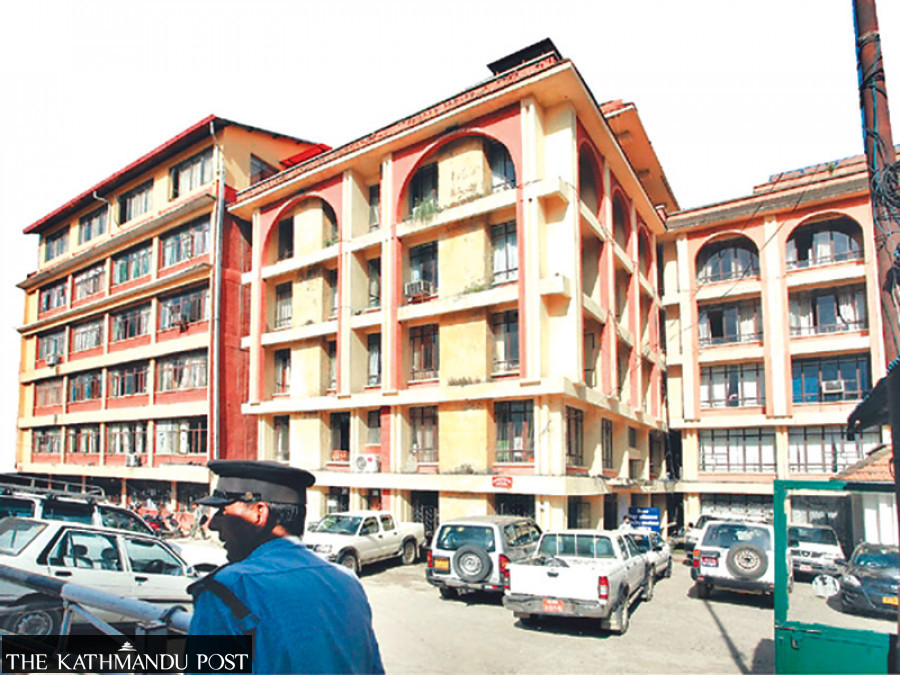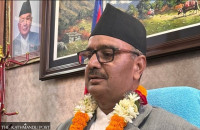National
Electricity authority opens door for power purchase deal with smaller projects
The electricity authority is also ready to sign PPA with solar projects up to 800MW.
Post Report
Nepal Electricity Authority has opened the door for signing the power purchase agreement with the developers of run-of-the-river type projects with a generation capacity of up to 10MW.
A meeting of the NEA board on February 7 decided to sign the PPA with developers of the run-of-the-river and peaking run-of-the-river type projects with the capacity up to 10MW, the power monopoly said in a statement on Wednesday.
The NEA will sign a PPA with any such developers at any time, the statement reads. The PPA will be signed on a take-or-pay basis, which means the power utility will have to pay as agreed, irrespective of whether it takes the power from the project or not. The utility body said it would pay Rs8.40 per unit in the dry (winter) season and Rs4.80 per unit in the wet (rainy) season.
The NEA opened the door last year for signing PPA with run-of-the-river type projects up to the combined capacity of 1500MW.
It had earlier halted PPA signing with the developers of the run-of-the-river type projects for three years owing to the financial risks of buying excess power in the rainy season.
As the run-of-the-river type projects generate electricity at their full capacity during the wet season (June to November), the country experiences a surplus in the period.
Nepal’s failure to export power during the wet season has led to power spillage. That’s why the NEA has been reluctant to buy power from run-of-the-river type projects as the long-term market is not guaranteed.
“The decision [to sign PPA for projects up to 10MW] was taken to attract small investors to the hydropower sector and ensure better use of the country's natural resources,” the statement quoted NEA Managing Director Kul Man Ghising as saying.
Last year, the government increased the share of power to be generated from run-of-the-river type projects to 45 percent from 35 percent of the energy mix amid the prospect of selling more power in India.
In 2018, the government adopted a mixed policy for the targeted power generation of 15000MW in 10 years and fixed the shares of run-of-the-river, storage, peaking run-of-the-river type projects and alternative energy.
As the NEA has already signed PPA with developers of run-of-the-river type projects up to 6,750MW, it hadn't been able to sign PPA with smaller run-of-the-river type projects. The authority said it has signed a PPA with developers of several projects up to a combined capacity of 9,200MW.
As the PPA quota will no longer apply to projects up to 10MW, the NEA will sign PPA with all developers of such projects, said Ghising.
According to the NEA, it has received applications from developers of 89 run-of-the-river type projects with generation capacity below 10MW. Their combined capacity is 351MW.
Of them, 44 projects with a combined capacity of 195MW have already signed grid connection agreements with the NEA.
Pradeep Kumar Thike, deputy managing director at the NEA, said it also opened the door not only for those developers who have applied for PPA but those who will apply in the future.
Meanwhile, the NEA also decided to sign a PPA with the developers of projects whose capacity is increased by up to 25 percent. “The generation mix quota will not be applicable for PPA signing for increased capacity,” the NEA said.
According to Ghising, PPA will be signed under ‘take or pay’ modality for the increased generation up to 25 percent while ‘take and pay’ modality will be applicable for the power beyond the 25 percent threshold.
Likewise, the NEA also opened the door for signing PPA with solar project developers up to 800MW. Solar projects with the capacity of 106MW are currently in operation. It has so far signed PPA with solar projects with a combined capacity of 175MW. Projects totalling 30MW are in the process of PPA signing.
“Signing PPA with solar plants has been prioritised to meet the power demand in winter as they can be ready in one-and-a-half years,” Ghising said.




 7.12°C Kathmandu
7.12°C Kathmandu













